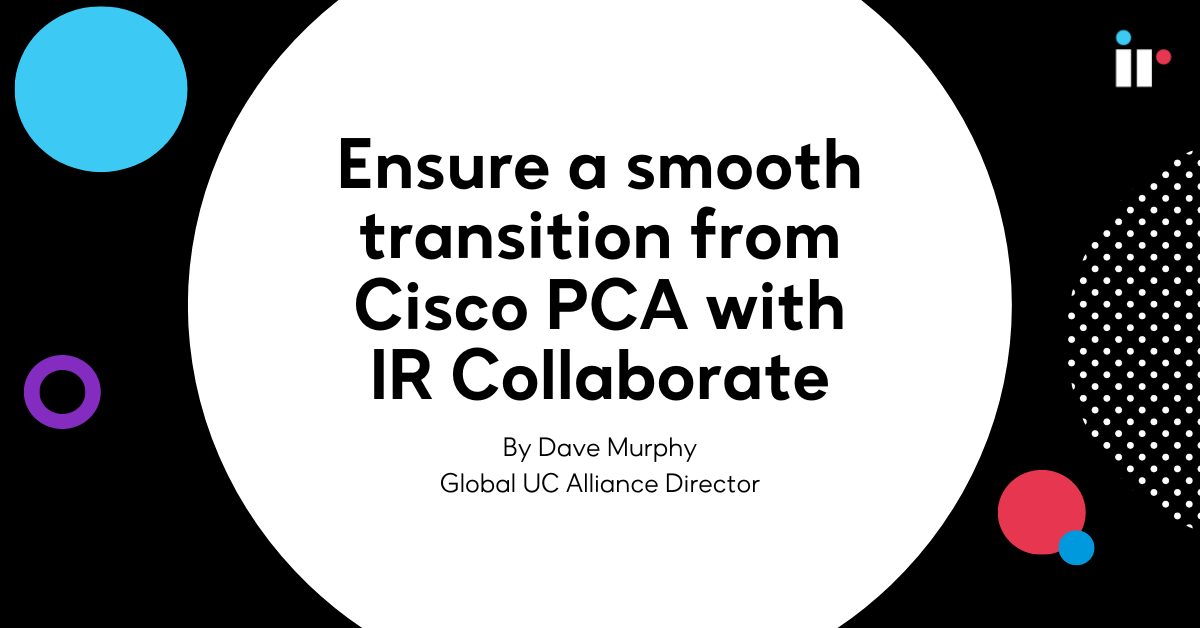Server Health Stakeholders
Tier 1: First and foremost, the Tier 1 support will hear about anomalies in server health and troubleshoot to their capability to solve any issues.
NOCs: Companies with a NOC (Network Operations Center) will carefully monitor the health and performance of their servers.
UC Admins: IR Prognosis relies on UC Admins to ensure the health of our server software.
Server Admins: Server administrators are responsible for server racks and keeping the hardware and operating systems whole.
Capacity Planners: Many IR customers ask us to interpret the data and tell them whether they are trending positively or negatively, in terms of capacity. Capacity planners are also interested in any anomalies or recurrent issues.
Endpoint Health Stakeholders
Tier 1: Again Tier 1 is going hear firsthand from end users whether they are having a good or poor experience. In many instances this can be down to using non-supported equipment, like headphones.
Desktop Team: The desktop team help to identify what's happening from a softphone or equipment perspective.
Red carpet: Next up is what I refer to as the “red carpet.” This group looks after the VIPs in your organization: they are highly specialized, well-attuned support groups focused on managing people with high visibility. And they are some of our loudest critics.
Middle management: Of course, the folks in middle management require visibility and good performance, so they can report upwards about technology investments.
Network Health Stakeholders
Tier 1: Tier 1 cuts across all these siloes because they are going to hear about these issues too.
LAN Admins: Since LAN (local area network) Admins are responsible for each site connectivity they may be a first point of call when network issues arise.
WAN Admins: WAN (wide area network) Admins are called upon when issues are more widespread, for example when the same problems are cropping up across a number of offices in different locations.
Carriers/Telcos: Telcos will be determined to prove their innocence when it comes to network health, they will want to show that everything up to their edge is clean.
Gateway: Those who are responsible for the gateway may also get dragged into network performance disputes.





